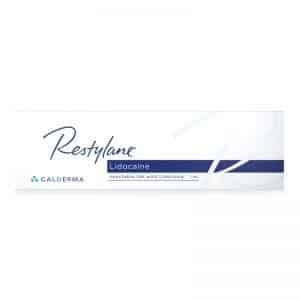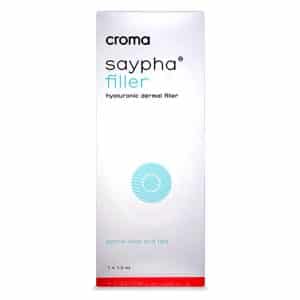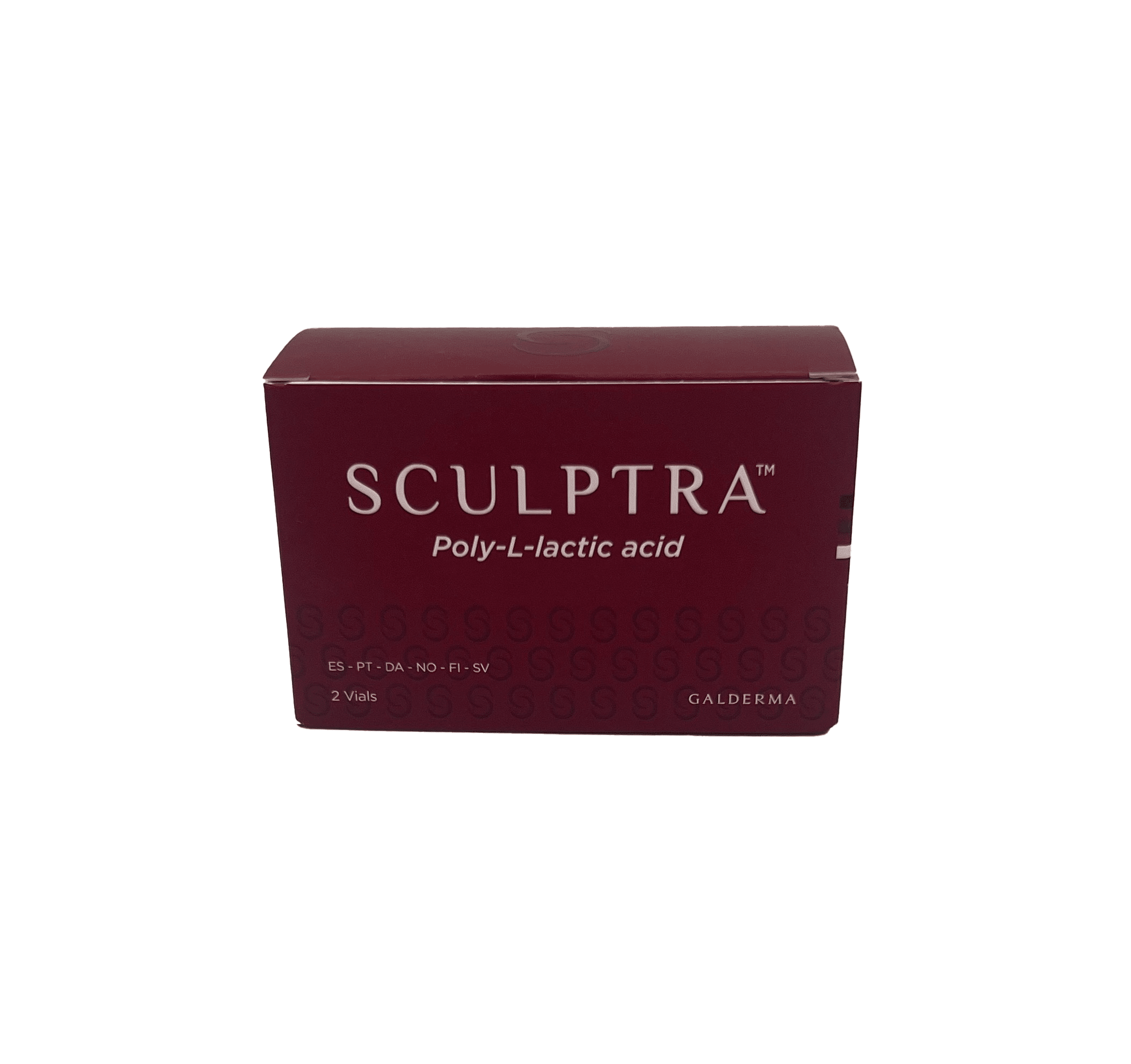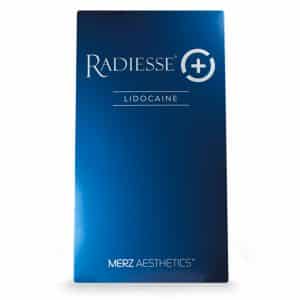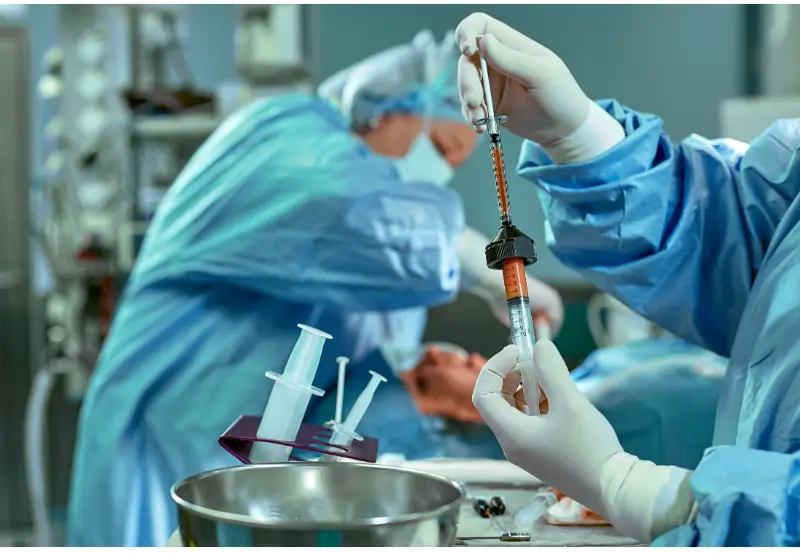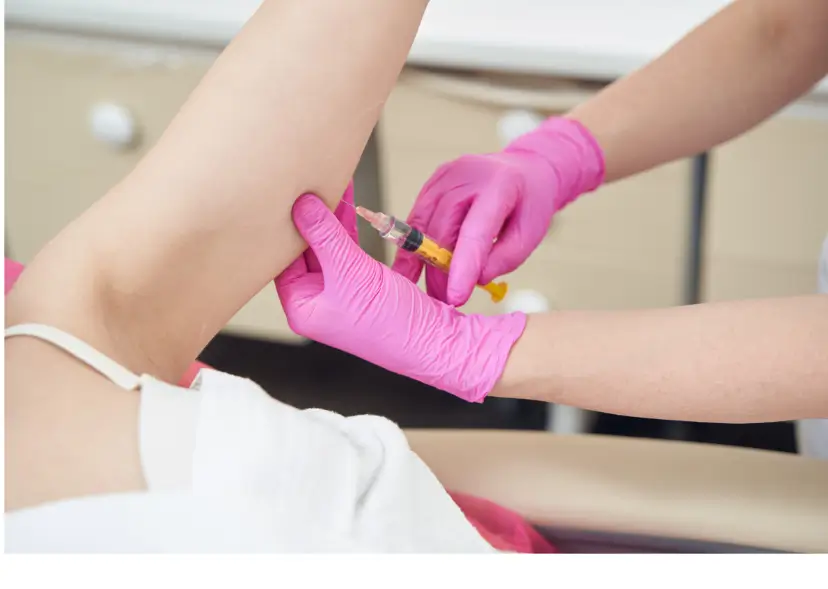This article explores several factors influencing the cost of dermal fillers, including filler type, specific treatment area, distributors, and more. Read on to understand the cost considerations associated with Hyaluronic Acid, Calcium Hydroxylapatite, Poly-L-lactic Acid, Collagen-Based, and Polymethylmethacrylate (PMMA) fillers, each with its unique properties, effectiveness, and implications.
Exploring the world of dermal fillers? Then, understanding the cost is key. From the type of filler to where you get it, factors vary. This guide breaks down what influences dermal filler cost, aiding informed decisions for your practice. Whether your patients are after plump lips, fuller cheeks, or smoothing wrinkles, dive into this overview for straightforward insights into the costs associated with achieving those aesthetic goals and finding the best tools for your business.
Types of Dermal Fillers
There are several options available when it comes to dermal fillers:
- Hyaluronic Acid Fillers
Hyaluronic acid fillers, such as Restylane and Saypha, are popular for their versatility. These non-permanent fillers add volume, smooth wrinkles, and enhance facial contours. Known for their immediate results and reversibility, they typically last between 6 to 12 months, offering a flexible option for facial rejuvenation.
- Calcium Hydroxylapatite Fillers
Calcium hydroxylapatite fillers, exemplified by Radiesse, stimulate collagen production and provide long-lasting volume. They are usually a bit more than what hyaluronic acid fillers cost, but your clients most likely won’t need a touch-up treatment every two years or so, which makes these fillers a worthy investment.
- Poly-L-lactic Acid Fillers
Poly-L-lactic acid fillers, like Sculptra, focus on collagen stimulation for natural-looking volume enhancement. They are favored for their longevity and effectiveness in addressing facial volume loss. Although results are not immediate, they can last up to 24 months.
- Collagen-Based Fillers
Collagen-based fillers offer immediate results for filling wrinkles and contouring. While they have a shorter duration of around three months, they are FDA-approved and do not require a skin test. The cost of these fillers can be less than some other options as their short-lasting effect is reflected in their price as well.
- Polymethylmethacrylate (PMMA) Fillers
PMMA fillers offer a permanent solution for deep wrinkles and nasolabial folds. While requiring multiple sessions and a few months for full effects, they provide long-lasting results. Caution is advised for potential allergic reactions and visibility under the skin.
What Determines the Price?
The cost of dermal filler injections is influenced by several key factors. Firstly, the type of dermal filler plays a significant role. Those shorter-acting options like hyaluronic acid fillers are generally more cost-effective per treatment compared to longer-acting options like polymethyl-methacrylate microspheres. However, when looking at how much fillers actually cost your patients, it’s essential to consider the lifetime treatment expenses, as HA fillers may require regular follow-up injections.
Provider type and certification are critical considerations. Board-certified practitioners may charge higher fees, but this often translates to superior results, fewer complications, and added value, such as corrective measures and bruise removal included in the treatment costs.
The type of treatment and the specific area being treated also impact the overall cost. For instance, lip injections may require less filler and a less expensive formulation compared to procedures like cheek volume enhancement or nasolabial fold correction, and that makes lip fillers more affordable.
Consider that in areas with higher competition, prices tend to be lower, although this effect may be offset in high-cost living regions with intense competition, such as greater New York, southern California, and southern Florida.
Finding the Appropriate Filler
When finding the appropriate filler for a specific case, it’s crucial to consider the quality of the results as well as the time needed to achieve them.
Collagen-based products can be used anywhere on the body and are effective for contouring. Polymethylmethacrylate (PMMA), on the other hand, is permanent, but it shows full effects after 3 months and several sessions, which means numerous injections. Poly-L-lactic acid doesn’t show immediate results and requires multiple treatments but is long-lasting.
A higher price tag doesn’t always mean that you are getting a superior product, and affordable fillers, like some cost-effective HA dermal fillers may be a more beneficial option for a large number of people, as they give immediate results and have reversible effects.
In the end, the best policy would be to cater to your client’s needs and help them choose a product based on the desired aesthetic results, health risks, and time needed, keeping in mind that when it comes to dermal filler, more expensive isn’t necessarily better.
Conclusion
The cost of dermal filler injections is a complex issue that is impacted by multiple factors. From the type of filler used to the expertise of the practitioner and the geographic location, each element plays a role in determining the overall cost of dermal fillers. To ensure you’re getting the best price on the market, you can order dermal fillers and other types of medical supplies right here at Medical Spa Rx.
When counseling patients interested in cosmetic improvements, you should help them weigh these factors carefully and choose the best quality products. Help them recognize that the cost reflects not only the product itself but also the quality of care and outcomes delivered by trained and certified practitioners.
FAQ
Why does dermal filler cost so much?
The cost of dermal fillers is influenced by factors such as the type of filler used, the provider’s expertise, and the specific treatment area. Premium quality fillers, professional skill, and the need for periodic treatments contribute to the overall expense.
Why are dermal fillers more expensive than Botox?
Dermal fillers involve the use of volumizing substances to add fullness and lift to specific areas, contributing to their relatively higher cost compared to Botox injections.
Are face fillers worth the money?
Face fillers offer a rejuvenating solution, effectively reducing wrinkles and restoring volume. Patients generally find them worth the investment to achieve a more youthful and refreshed appearance.
References
Dayan, SH., Bassichis, BJ., Facial Dermal Fillers: Selection of Appropriate Products and Techniques, Aesthetic Surgery Journal 2008 28(3), 335-47


